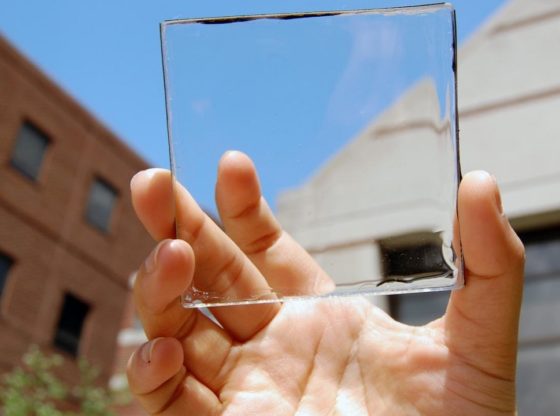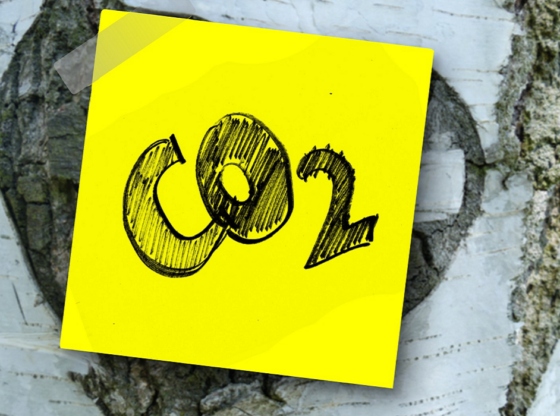
IBM has developed a new type of battery that’s free of cobalt, nickel, and other heavy metals, avoiding the environmental and humanitarian issues related to lithium-ion technology. The battery is made from three materials that can be extracted from seawater, a much less invasive sourcing method than mining.
The new battery is based on three new materials that, according to IBM, have never before been combined in one battery. Exactly what these three materials are we do now know as IBM is keeping it a secret, but they can be extractable from seawater according to the company. In this way, IBM believes that it is possible to use more environmentally friendly extraction methods than today’s mining.
The IBM battery does not require any heavy metals and the company emphasizes in particular that it can be manufactured without nickel or cobalt. Both nickel and cobalt are liable to become ever more expensive with rising demand and increasing battery production in the future.
The mining of cobalt in Congo has in particular been criticized for child labor and other very bad working conditions. Technology giants Apple, Google, Microsoft, and Tesla were recently sued in the United States by several Congolese families whose children were killed or injured in cobalt mining in Congo.
IBM reveals few details about the new battery but generously praises its potential. Initial tests show that it can be optimized to beat today’s lithium-ion batteries in several ways. The company says that it should be cheaper to manufacture, be less flammable with lower risk over overheating, and also be able to load faster. Concerning the latter, IBM claims that it can charge from 0 to 80 percent in only 5 minutes.
The research team demonstrated rapid charging rates, achieving an 80 percent charge within five minutes, with a power density exceeding 10,000 W/L, and its energy density more than 800 Wh/L, figures that put it on par or even ahead of today’s standard lithium-ion batteries.
“it can be optimized to surpass the capabilities of lithium-ion batteries in a number of individual categories including lower costs, faster charging time, higher power and energy density, strong energy efficiency and low flammability.”
IBM has built prototype pouch battery cells in the lab which give her group confidence that they could develop a commercial product for limited applications (e.g. portable power tools) within one to two years. But so far, the battery is at an early stage of research.
To extract source materials for the battery from seawater would not necessarily be a trivial operation and extraction techniques may still need to be developed to harvest the needed quantities of the ocean’s dissolved substances, such as magnesium, potassium, boron, strontium, and/or fluoride.
Whatever the three materials that can be extracted from seawater are (and a novel type of liquid electrolyte) will probably be revealed when the intellectual property issues have been solved and patents granted.
The IT giant claims that the battery technology may be suitable for use in electric cars, aircraft, and grid energy storage. And through cooperation with car manufacturer Mercedes-Benz, electrolyte supplier Central Glass and battery manufacturer Sidus, IBM hopes to be able to take it to market.











![OpenAI. (2025). ChatGPT [Large language model]. https://chatgpt.com](https://www.illustratedcuriosity.com/files/media/55136/b1b0b614-5b72-486c-901d-ff244549d67a-350x260.webp)
![OpenAI. (2025). ChatGPT [Large language model]. https://chatgpt.com](https://www.illustratedcuriosity.com/files/media/55124/79bc18fa-f616-4951-856f-cc724ad5d497-350x260.webp)
![OpenAI. (2025). ChatGPT [Large language model]. https://chatgpt.com](https://www.illustratedcuriosity.com/files/media/55099/2638a982-b4de-4913-8a1c-1479df352bf3-350x260.webp)








